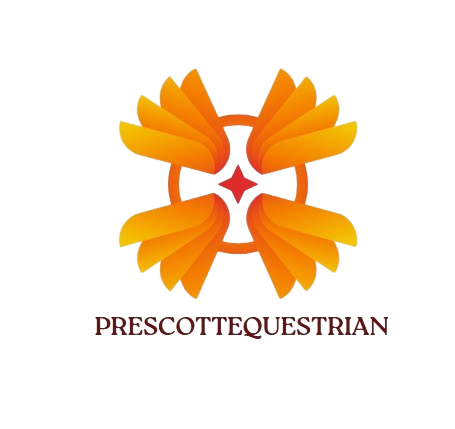Protect Your Furniture: Essential Woodworm Treatment Methods
Woodworms, the larvae of wood-boring beetles, can be a hidden menace in homes, causing extensive damage to wooden structures and furnishings. Effective treatment and prevention strategies are essential to maintain the integrity of your wood. This article explores how to identify woodworm infestations, the various treatment options available, and proactive measures to prevent future issues.
Recognizing Woodworm Infestations
Common Indicators
- Exit Holes: Tiny, round holes on the surface www.shashel.eu of wooden items are a primary sign of infestation. These holes, often the size of a pencil lead, indicate where adult beetles have emerged.
- Wood Dust (Frass): Fine, powdery sawdust or frass found beneath infested wood is a clear indicator of woodworm activity. This material is the result of larvae tunneling through the wood.
- Soft or Crumbling Wood: If wooden beams, flooring, or furniture feel soft or crumble easily, this may signify that the wood has been compromised by larvae feeding on it.
- Tapping Noises: At times, faint tapping sounds can be heard from the wood as larvae move inside. This is more common at night when the beetles are active.
Types of Woodworms
- Common Furniture Beetle: This is one of the most prevalent wood-boring insects, often found in softwoods used in furniture and structures.
- Deathwatch Beetle: Known for its tapping noise, this beetle infests hardwoods and can cause severe damage to wooden structures.
- Powderpost Beetle: These beetles primarily target hardwoods and leave a fine, powdery residue as they feed.
Treatment Strategies
1. Chemical Treatments
- Insecticide Sprays: Various insecticides are specifically formulated for wood-boring insects. These products penetrate the wood to kill larvae and adult beetles. Always read and follow the label instructions for safe application.
- Boric Acid: A less toxic alternative, boric acid can be mixed with water and sprayed onto affected wood. It acts by dehydrating the larvae and disrupting their life cycle.
2. Physical Treatments
- Heat Treatment: This method involves raising the temperature of infested wood to around 130°F (54°C) for a sustained period. This kills both larvae and adult beetles and is an eco-friendly solution. It may require professional equipment.
- Cold Treatment: For smaller wooden items, freezing is an effective method. Place the infested wood in a freezer at 0°F (-18°C) for several days to ensure all larvae are eliminated.
3. Repair and Replacement
In cases of severe damage, it may be necessary to remove and replace affected wood. When replacing wood, ensure that the new material is treated to prevent future infestations.
Preventive Measures
- Moisture Control: Woodworms thrive in damp conditions. Ensure adequate ventilation and consider using dehumidifiers in basements and crawl spaces.
- Routine Inspections: Regularly inspect wooden furniture, beams, and flooring for early signs of infestation. Catching problems early can prevent extensive damage.
- Use Treated Wood: When constructing new structures or making repairs, choose pressure-treated wood that is more resistant to wood-boring insects.
- Seal Cracks and Gaps: Regularly inspect and seal any cracks in walls or floors to block potential entry points for beetles.
When to Consult a Professional
If you encounter a significant infestation or if the damage appears extensive, it’s advisable to seek help from a pest control professional. They have the expertise and specialized tools to effectively tackle woodworm problems.
Conclusion
Woodworms can lead to serious damage to wooden structures and furnishings if not addressed promptly. By being vigilant and knowledgeable about the signs of infestation, effective treatment options, and preventive measures, you can safeguard your home against these pests. With the right approach, you can ensure the longevity and integrity of your wooden investments for years to come.
